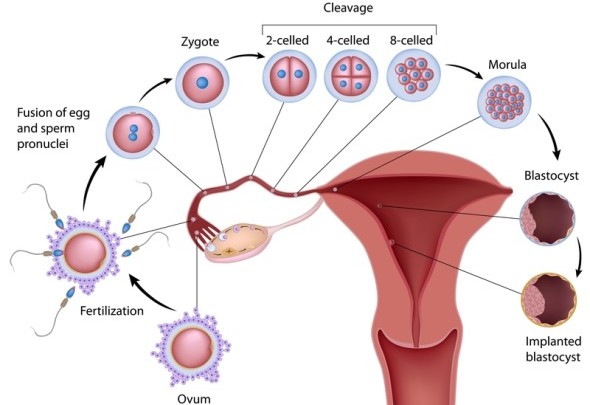
21st March 2013 | by MFC Team
It isn’t as easy to get pregnant as you might think
Many people assume that once they decide to have a child and stop taking birth control, within a month or two they will be pregnant. In fact, many people plan when they want to have a child – for example during the summer months – and work back 9 or 10 months to determine when they likely should start trying to get pregnant. However, the process of conception is quite complex and for a number of reasons, it is often very difficult to “plan” a pregnancy.
The odds of a pregnancy are only about 20% per cycle (month) up to age 30, and somewhat reduced each year after that. That’s because women are only “fertile” for 3 – 5 days per month when they are ovulating. That means there are only about 65 days a year when conception is possible and 300 days when it is not. Also, a lot has to happen for a pregnancy to occur – viable sperm has to reach and penetrate a viable egg, the fertilized egg needs to work it’s way down into the uterus, the embryo needs to divide into a number of cells, and the lining of the uterus needs to be receptive so the embryo can attach to the uterine wall and grow. It is a remarkable process – one that requires all the conditions to be right.
It should come as no surprise then, that it can take several months of unprotected intercourse or inseminations during those few “fertile” days of the month when a woman is ovulating, to achieve a viable pregnancy. So if you’ve been trying for a few months and you’re not yet pregnant, don’t panic. Nature can, and often does, take time. That said, if you are a woman under 35 years of age and have been trying unsuccessfully to get pregnant for 12 months, or if you’re 35 or older and have been trying for 6 months or more, you should consult with your doctor. A routine fertility investigation may uncover the source of the problem.
To read more about how to determine when you are ovulating, click here.
Leave a Reply